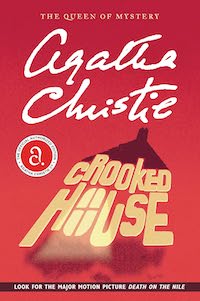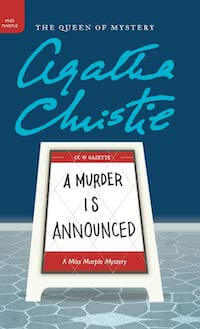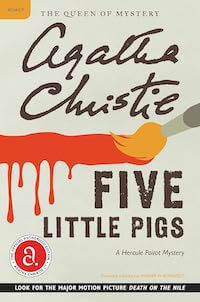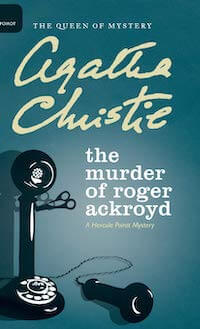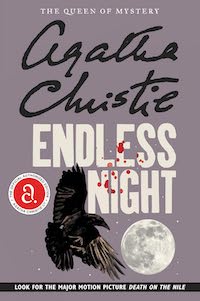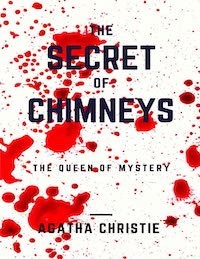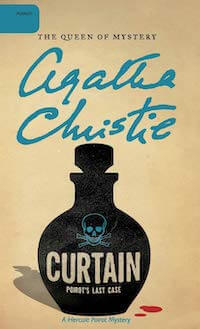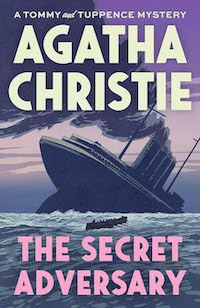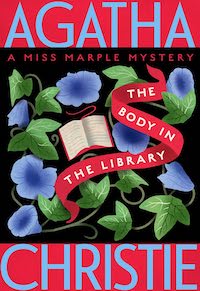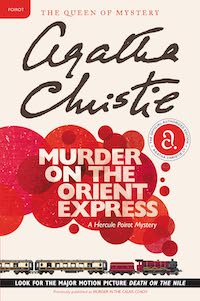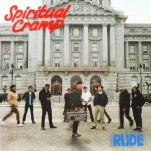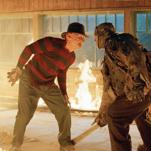The 11 Best Agatha Christie Mysteries
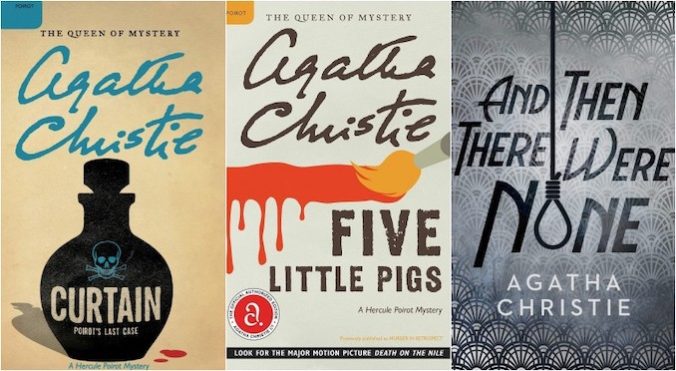
Agatha Christie is currently the record holder for the best-selling fiction author of all time, with an estimated ~2 billion copies sold across her 130 publications. Her titles include 74 novels (66 of which were detective mysteries), 28 short story collections (164 short stories in all), 16 stage plays, seven TV/audio dramas for BBC broadcast, a few poems, and two autobiographies.
Not every story could possibly be a winner with that kind of prolific output. For example, A Haunting in Venice, which stars Kenneth Branagh as Hercule Poirot, is based on one of Christie’s worst-reviewed books, Hallowe’en Party. Written in 1969, and one of the last she ever completed, today, it’s been reassessed as more of an interesting oddity and one of the few times Christie genuinely crossed into the horror genre.
However, many of Christie’s novels are so famous you don’t have to have read the author to know their names: Evil Under The Sun, Death on the Nile, The Murder at the Vicarage. These are considered some of the best stuff of the 20th-century mystery genre, and several are accepted as classics that (so far) have stood the test of time and adaptation across different mediums.
-

-

-

-

-

-

-

-

-

-

-

-

-

-

-

-

-

-

-

-

-

-

-

-

-

-

-

-

-

-

-

-

-

-

-

-

-

-

-

-

